|
10/29/2018 Tea Halloween Style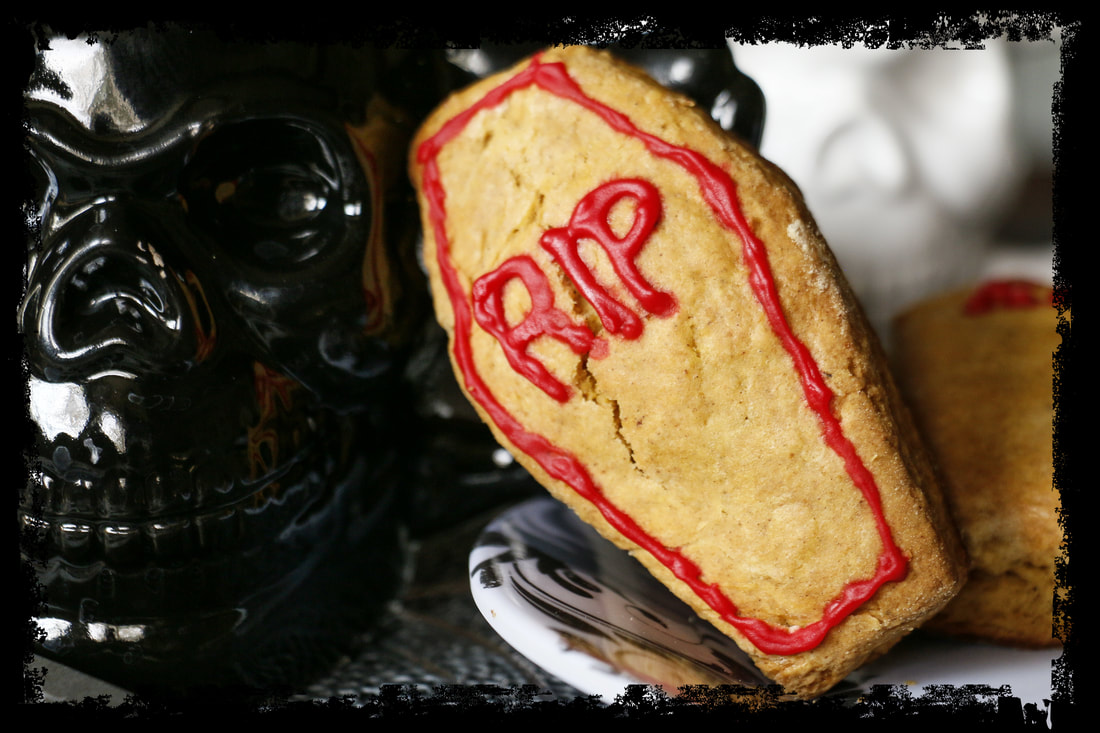 This is not a Yes that's makeup. I was inspired by a beautiful illustration of a Chinese dragon to turn myself into one for Tea Halloween style. My bandmate Philip and my friend Elexis also let me get creative with their lovely faces and you can see the results in the gallery below. I love the creativity of Halloween time. To me every day is Halloween in that way, but it is great to have so many more people join in - the costumes (especially the creative mash ups), the decorations and the Halloween inspired tea settings! It is also the time for warming spices, the flavors of fall. I did a simple scones and tea for my friend Elexis and I. I had some leftover pumpkin puree from another recipe and wanted a scone that used that. Seek and ye shall find upon the internet! I found this cool recipe from Sally's Baking Addiction. It has some great, specific baking tips in it like freezing and grating the butter which results in deliciously flaky scones (if you don't overwork the dough, easy does it). I was feeling my inner child and gave these scones a Halloween twist with a coffin cookie cutter and some red icing for fun. Kind of reminded me of the first short story I ever wrote when I was nine. A vampire story of course. I still remember how hilarious it was acting it out in front of the class. Have you enjoyed a Halloween Tea yet? Share your pictures with us on Facebook and Twitter. And show us your costumes so we can celebrate your creative spark!!! This is not a sponsored post Cassandra VincentI'm a singer, performer, writer who loves tea, sharing while I continue to learn. Email for business inquiries. I have had multiple people tell me that they are still hazy on how to steep tea and some even tell me they don’t really like it. I’ve found the reason for this is often one of the following. So this isn’t a moral judgment, but an insight into why you are having a less-than-stellar tea experience. We can fix that.
Temperature - Come on in! The water’s fine...or is it? I used to dislike green tea. It was a real hit or miss experience for me. As I learned more and more I discovered multiple reasons for this. One was this heat thing. Green tea is generally not meant to be steeped at the same temperature as black tea. Here is why, green tea is much less processed than black tea. Like white tea, green tea is more delicate in flavor (and will also go bad/stale faster than black tea, by the way). When water that is too hot is used it scalds the tea and makes it taste like a bitter beast. I’ve also experienced and been advised that the higher the quality of the green tea generally the lower the temperature for steeping. Conversely, if the water isn’t hot enough particularly for a black tea, the steep may not extract enough flavor to please you and you basically have muddy water (no insult to the awesome blues man Muddy Waters. Can never have enough of him). If you look up tea steeping temperatures you’re going to see a lot of disagreement and different temps. I’ve been given suggestions varying from 160 - 185 for white and green teas and 180 - 205 for oolong and 200-212 for black teas. You will need to play within these ranges to find what suits you and the tea you are making. Ok, so how do you know the temperature of the water? You can use a thermometer or a temperature specific kettle. Some kettles can even be programmed for the exact temperature of choice while others, like mine, have a number of temperature options. Alternatively you can use the Chinese temperature method which looks at the size of the water bubbles as indication of temperature - bigger bubbles = higher temperature. There is also the Korean method of boiling the water and pouring it into another vessel to cool to the desired temperature before using. Time - Don’t forget your hourglass Everyone has a different palate so this, as with many of these tips, is based on taste preference. The longer most tea steeps the more tannins are released causing more bitterness. You may need to experiment to find the timing sweet spot for you. Also consider cold brewing which releases very little tannin but doesn’t shortcut flavor. If tea is not steeped long enough the leaves may not give over enough flavor. This depends again on many things:
Heat - The Warm Up Act Remember those science classes as a kid? Heat transfer and heat conduction. Metal is a great conductor. Porcelain, China, some types of glass, though they don’t conduct like metal, do experience heat transfer. When the liquid poured into a vessel made of these materials is hotter than the vessel, the heat of the liquid will transfer to the vessel until its temperature matches the water. So, if you pour hot water over tea leaves in a cold vessel some of the heat of the water is transferred to the vessel before even having a chance to extract the flavor from the tea. Result: crappy weak tea and many tears. This is why it is so baffling when you order tea at a restaurant and they bring you hot water in a cup, with a metal spoon in it and the teabag on the side. There is no hope in that scenario. To make it worse I’d bet they never heated the cup before putting the less-than-boiled water in it anyway. Meanwhile your friend gets a well-made latte with creative foam art on the top, and you’re like “what did I do to deserve this?” Dramatic, yes, but it sucks to pay $3-$5 for something poorly made doesn’t it? Quantity - Too much Too little Too late This is another personal taste thing. I love a good strong black tea that can stand up to milk and sugar. So the average amount of tea in a US teabag rarely does it for me. Kinda tastes like lightly flavored water. Blech. I also like moderate bitterness, nothing too crazy. So I up the tea quantity and lower the steep time. This way I get fuller flavor and less bitterness. The size of your teacup comes into play here. Most teabags/servings are meant for 8 ounce cups. This is America. Who drinks 8 ounces or less of anything? (Okay, bourbon drinkers, I hear you, but alcohol is the rare exception. And if any of you wine drinkers say you drink less than 8 ounces I am disinclined to believe you:) I use 16 - 20 ounce cups, so I up the tea quantity accordingly. Water - Take me to the River, but don’t steep my tea in it Tap water has a large number of particulates. Distilled has none. The sweet spot is in-between. This was proven to me through a tasting at the World Tea Expo back before I had even started this blog. David Beeman of Global Customized Water steeped the same type of tea with Las Vegas tap water, distilled water and GCW’s reverse osmosis process water with a specific mineral content. Every other aspect of each pot was the same: same amount of tea, same temperature, same vessel, same steep time. The taste difference was amazing. The tap water made the tea taste like it had been dragged through a garbage bag compared to the other two. The distilled had a fainter aroma and only a slight pop of flavor and then it was gone like mist on the wind. The filtered water with the mineral complex had the greatest aroma, and most impactful, satisfying and lasting flavor. I asked Dave what the rest of us, people who can’t easily obtain reverse osmosis water with a specific mineral blend, can do to improve their tea experience. He mentioned filtration of course. Even a carbon filtered pitcher is better than nothing. Also, GCW sells these A&B bottles of minerals that can be added to distilled water to approximate the GCW water, if you want to go the extra mile. Then there is Spring water. When I use spring water for tea the result is a step up from a basic filter. The point is, depending on where you live, tap water has so much going on the tea has to compete with it. This is especially noticeable with the more delicate white and green teas. If you are going to shell out for high quality tea it is worth it to use high quality water. There it is. There are more factors and I may do another post on this topic, but these are the basics. Have you experienced any of these? Let us know about your tea ‘aha’ moments. Feel free to share this post with your fellow tea drinkers. Friends don’t let friends drink crappy tea. -Cassandra Vincent This is not a sponsored post 10/6/2018 Travel Mug Tips for Tea FansWe love the teapots and the gaiwans but travel mugs for tea are so important in our busy lives. Just because we are moving from place to place at speed doesn’t mean we can’t have our tea fix. Here are some tips and tricks I’ve used that make using a travel mug a more enjoyable experience. Stay Dry Test that the lid is on tightly BEFORE putting the mug your bag or walking around with it (who has experienced this fail with me?). To make sure you have a good seal after putting the lid on tilt the mug over the sink, or turn it fully upside down if you’re feeling cocky. If it dribbles, runs or pops fully off try securing the lid again. Check your Gasket The thin rubbery rings you find on tea mug lids act as a sealant when working correctly. If they get damaged, out of place or stretched out they don’t work right. Some are replaceable. Check with the manufacturer of your mug before giving up on it and condemning it to the trash bin. Keep it Clean, People Travel mugs often have grooves and moving parts that can hold residue (ick) that can make your tea taste nasty and get in the way of a good seal. Baking soda is a great natural way to remove tea residue from travel mugs (and cups too). You can use an old toothbrush to get into the harder to reach grooves. For the twisty tops, a good soak in white vinegar and water may help get to the places a brush can’t reach. Remember to clean under the gasket too, especially if you have milky teas. That build up is particularly gross. Some Like it Hot If you use a metal, insulated travel mug these can have amazing heat retention. I had forgotten to finish a travel mug of tea and discovered it was still drinkably warm 12 hours later! The only downside to this level of insulating heat is it may take hours before your tea reaches a drinkable temperature. When using these mugs I found it easiest to let the tea cool to a drinkable temp before putting the lid on. If I’m not planning on drinking the tea for a while or have to transport it a long way then I just put the lid on while hot. Some travel mugs are a bit risky to use if the lid is put on while the tea is piping hot. The heat can create a seal where either the lid is very hard to remove or when it is removed it tends to cause the spillage of scalding hot tea. Ouch. Turn Up the Heat If your mug doesn’t do a good job of retaining heat give it a boost by heating the mug before putting your tea in it or steeping your tea in it. This is just like you would heat a teapot (if you’ve not tried this it could be one the reasons your tea sucks) Play Tetris If you have one of the ridiculously shaped travel mugs that won’t fit in a standard car cup holder, there are gadgets that can be attached to car windows which are adjustable so that you don’t have to do the dangerous drive with your scalding hot beverage between your legs thing. That’s ridiculous. Don’t Cross the Streams I have nothing against coffee. I have had good times with coffee also (Don’t worry. Tea knows and is ok with it). But when it comes to odors and residues, tea is like the clean, coiffed girl at the gym and coffee is the guy that gets on the elliptical next to you and smells so strong you have to move, not to another machine but to another room...and want to make sure you clean every machine you use before you use it (you do that, right?). Coffee lingers. The smell. The oils. So unless you want a stale coffee-laced tea keep your tea and coffee travel mugs separate. What tips have you discovered in your travel mug experience? Share with us on FB and Twitter. Together we can create a better tea experience. Cassandra VincentI'm a singer, performer, writer who loves tea, sharing while I continue to learn. Email for business inquiries. |
AuthorCassandra Vincent CategoriesAll Classic Tea Flavored And Funky For Love Of Tea Herbs Infusions Lifestyle And Health Matcha Meditative And ASMR Sessions Recipes And Uses Specialty Tea Brands Spices Tea Accessories Tea Adjacent Tea And... Tea And A Laugh Tea And Art Tea And Holidays Tea And Music Series Tea And TV Tea Around The World Tea Cocktails Tea Events Tea In Film Tea In History Tea Innovations Tea Pros Tea Shops/Shops With Tea Tea Types Teaware |

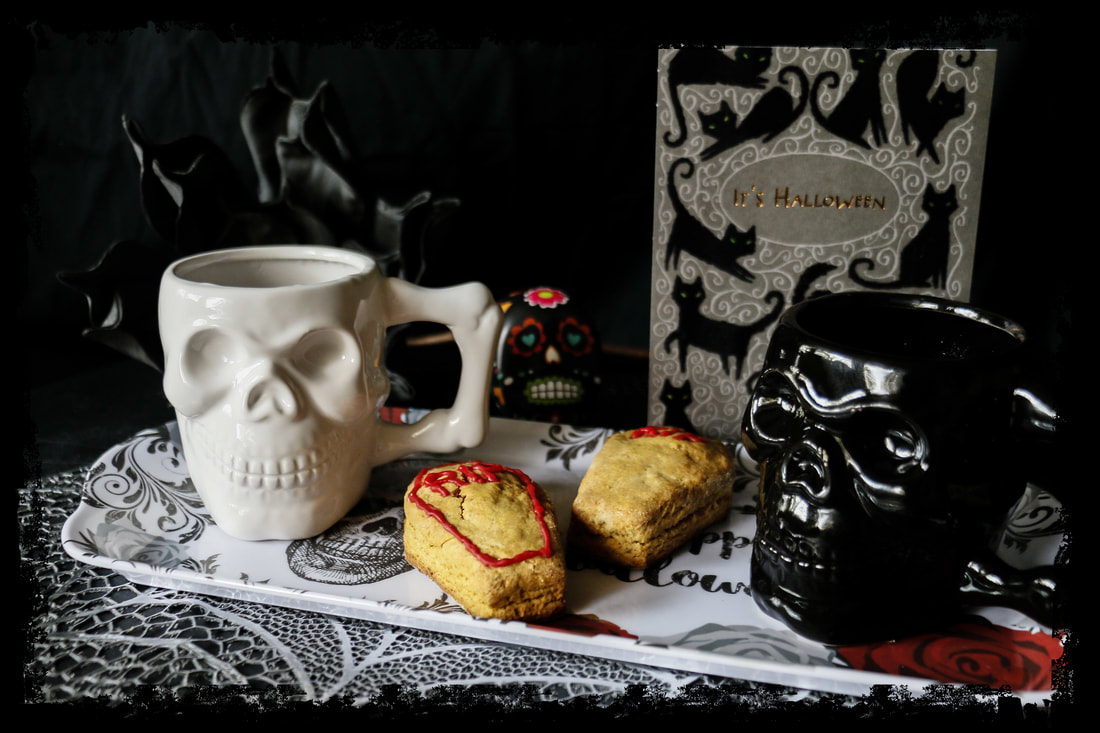
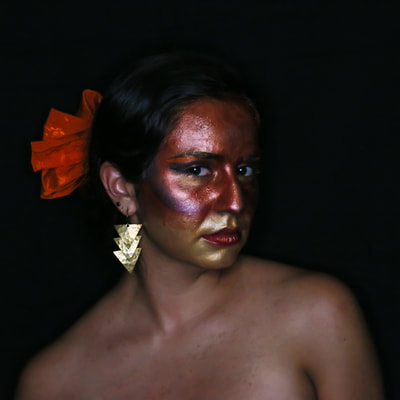

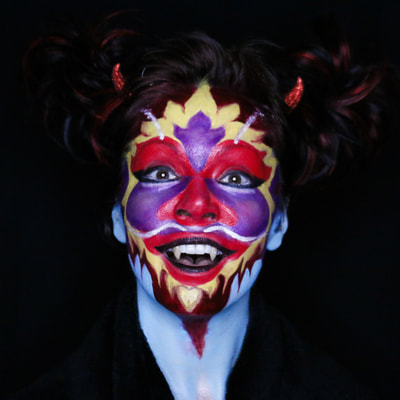

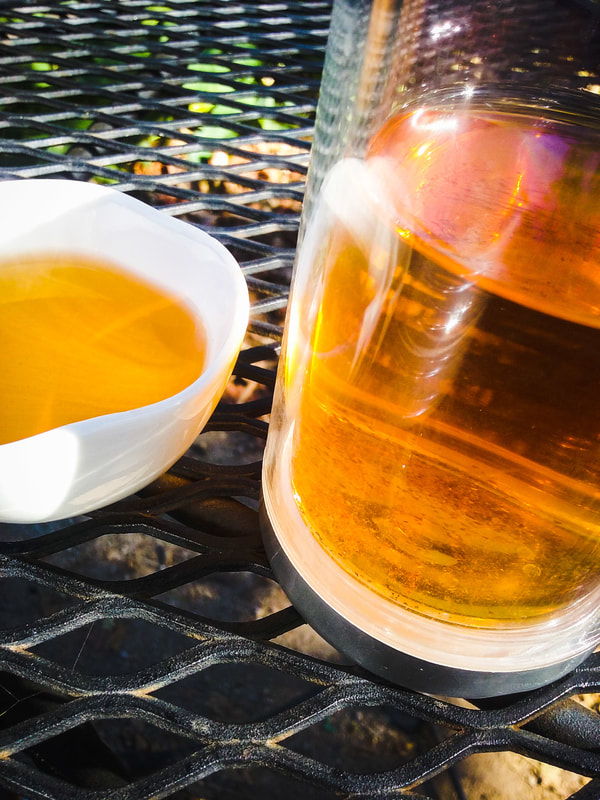
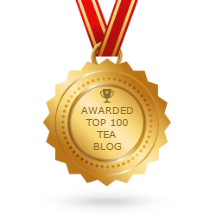
 RSS Feed
RSS Feed